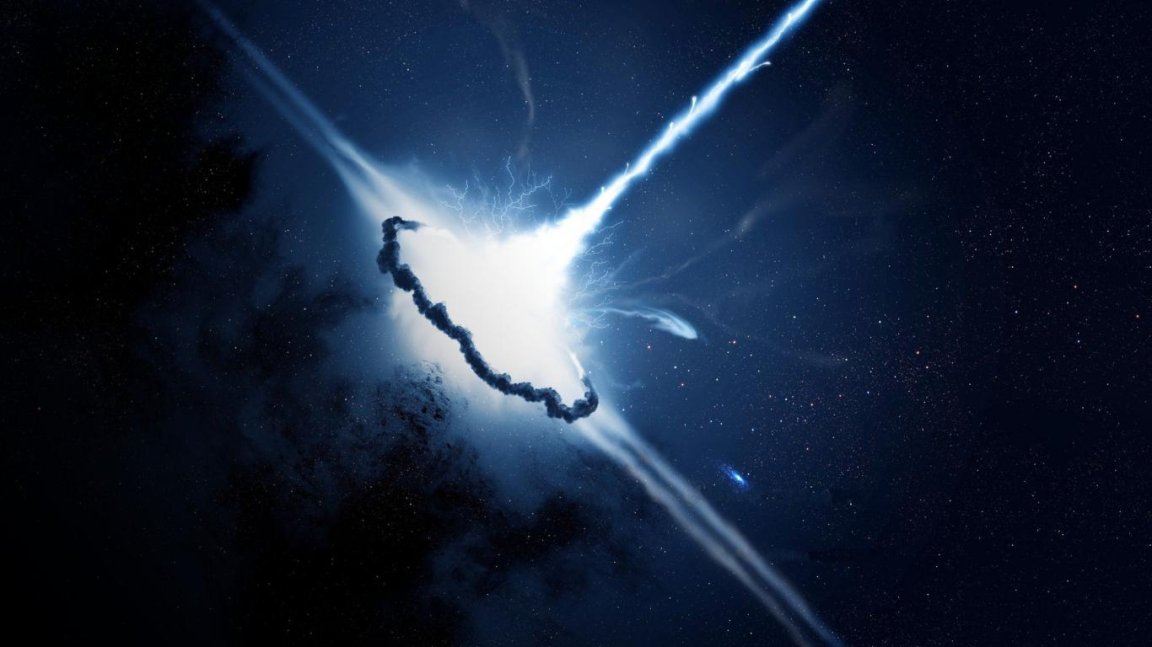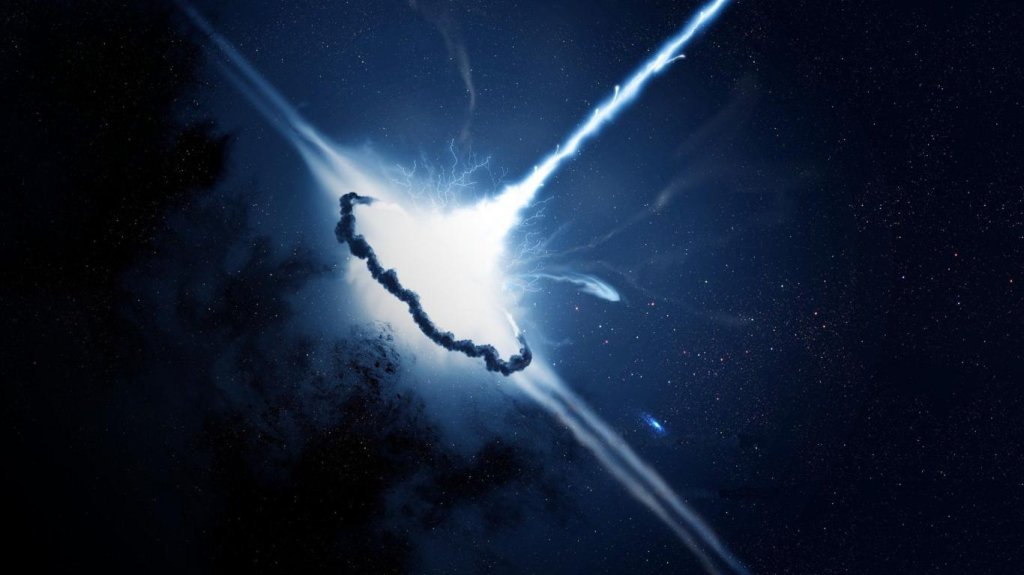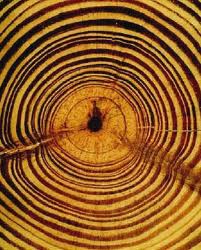

All the way back in 774 AD, a mysterious red “crucifix” was discovered looming over the sky in Great Britain. Of course, this was over 1,000 years before the first camera or video recorder was invented, so the only evidence of its existence lies in old English manuscripts that charted the history of the Anglo-Saxons, a tribe that invaded (and eventually settled in) Britain in the early 5th century. Before now, its creation has been a long standing mystery for laypersons and scientists alike. Now, there is plethora of evidence that suggest that the eerie apparition was spawned from a undocumented supernova blast that littered the Earth’s atmosphere with inexplicable traces of carbon-14 — over 20 times the standard amount found on Earth at any given moment.

An undergraduate student from the University of California in Santa Cruz (by the name of Jonathan Allen) tied the two observations together, after listening to a podcast that discussed an odd spike in carbon-14 levels in the cedar tree growth rings in Japan, which date back from the year 774 AD. The explanation for the strange discovery was that a burst of high-energy radiation was ejected into Earth’s upper atmosphere, which aided in expediting the rate at which, carbon-14 is formed.
Carbon-14 is a radioactive isotope made of six protons and eight neutrons that is responsible for ‘radiocarbon dating’ in organic materials. Using this method, scientists can accurately determine the age of artifacts that are less than 50,000 years old with a biological origin. Carbon-14 is formed when gamma rays enters an atmosphere and strip existing atoms of their neutrons. After the now neutron-less atoms collide with nitrogen-14, they decay into carbon-14.
 The N 63A supernova remnant (CREDIT: NASA/ESA/HEIC/Hubble Heritage Team)
The N 63A supernova remnant (CREDIT: NASA/ESA/HEIC/Hubble Heritage Team)
The thing is, pouring through the ancient textbooks from this time, no records were found that indicated any such supernovae blast or solar flare occurred that would be responsible for pumping the atmosphere full of gamma radiation, which was responsible for the observation of increased levels of carbon-14 discovered in the tree rings. However, that didn’t deter Allen from trying to make sense of the various aspects of the strange phenomena recorded from the time period. As previously, the sighting was attributed to anything from aurora borealis, to optical effects created when light glints from high-altitude ice particles. None of which, solved both mysteries.
After running a quick google search (the wonders of the internet), Allen uncovered translated eighth-century documents from the Anglo-Saxon chronicles, hosted in an online library at Yale University. After pouring through the entries, he found a reference to a “red crucifix” that was observed before sunset in Britain in 774 AD. Noting that the red appearance of the object may be due to hidden interstellar dust clouds dense enough to obscure the source, while also allowing for the scattering of a small amount of red light to shine through the clouds, it occurred to him that the very clouds that were responsible for the ghostly apparition, may also be responsible for blocking the remnants of a supernova blast from being observed in modern times with modern telescopes.
 The Cassiopeia a Supernova Remnant ( Image Credit: NASA/JPL-Caltech/O.Krause)
The Cassiopeia a Supernova Remnant ( Image Credit: NASA/JPL-Caltech/O.Krause)
According to Geza Gyuk, an astronomer at Chicago’s Adler Planetarium in Illinois, who has used the Anglo-Saxon Chronicle to investigate past astronomical events — Allan’s connection isn’t entirely implausible. “The wording suggests that the object was seen in the western skies shortly after sunset. That would mean that it would have moved behind the sun [where it could not be seen] as Earth orbited the sun,” Gyuk told a reporter from ‘Nature.’ “That, along with the dimness of the ‘new star’ due to dust would go a long way to explaining why no one else would have seen or recorded the event.”